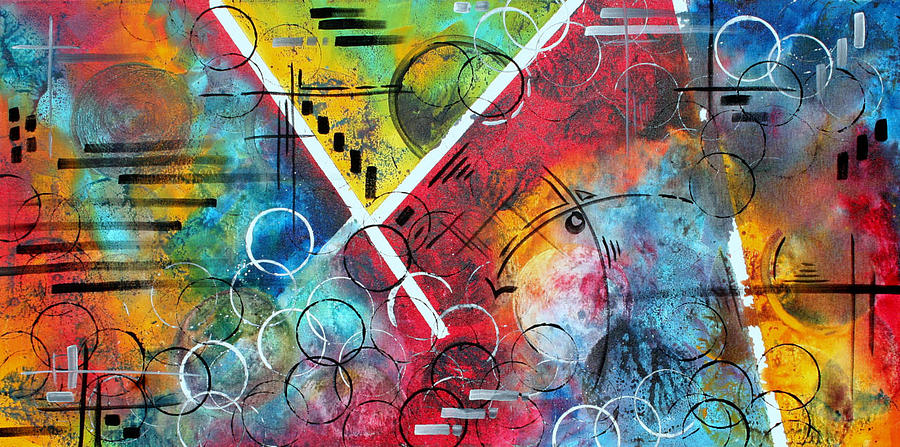Innovation is essential for the success of any organization. In today’s fast-paced and ever-changing world, organizations must be innovative to stay ahead of the competition and meet the needs of their customers. Building a culture of innovation is crucial for encouraging creativity, promoting problem-solving, and driving growth. One way to do this is through team building activities. In this article, we will explore the connection between team building and building a culture of innovation, highlighting how team building can enhance innovation and promote a culture of creativity.
Fostering Collaboration and Communication
Collaboration and communication are critical components of innovation. When employees work together and communicate effectively, they can share ideas and perspectives, leading to creative solutions and innovative ideas. Team building activities help to promote collaboration and communication by breaking down barriers between team members, building trust, and encouraging open communication.
For example, team building activities such as brainstorming sessions, design thinking workshops, or innovation challenges require employees to work together, share ideas, and communicate effectively. These activities can help to promote a culture of collaboration, where employees feel comfortable sharing their ideas and working together to solve problems.
Encouraging Risk-Taking and Experimentation
Innovation often requires taking risks and trying new things. However, many employees may be hesitant to take risks or try new ideas, fearing failure or the potential consequences. Team building activities can help to encourage risk-taking and experimentation by providing a safe and supportive environment for employees to try new things and take risks.
For example, team building activities such as improvisation games, role-playing, or ideation challenges can help to encourage employees to take risks and try new ideas. These activities provide a safe and supportive environment where employees can experiment and learn from their mistakes without fear of repercussions.
Promoting Creativity and Problem-Solving
Creativity and problem-solving are essential skills for innovation. When employees are trained to think creatively and approach problems from different angles, they can develop innovative solutions to complex challenges. Team building activities can help to promote creativity and problem-solving by providing opportunities for employees to think outside the box and approach problems in new ways.
For example, team building activities such as creative workshops, game-based challenges, or puzzle-solving challenges can help to promote creativity and problem-solving skills. These activities provide a fun and engaging way for employees to practice their creativity and problem-solving skills, leading to innovative ideas and solutions.
Encouraging Continuous Learning and Development
Continuous learning and development are critical for building a culture of innovation. When employees are encouraged to learn new skills and develop their abilities, they can bring new ideas and perspectives to the organization. Team building activities can help to encourage continuous learning and development by providing opportunities for employees to learn new skills and gain new experiences.
For example, team building activities such as leadership development programs, mentoring programs, or cross-functional team projects can help to encourage continuous learning and development. These activities provide employees with opportunities to learn from their colleagues, gain new experiences, and develop their skills, leading to innovative ideas and solutions.
Creating a Culture of Innovation
Finally, team building activities can help to create a culture of innovation within the organization. A culture of innovation is a workplace environment where creativity, problem-solving, and continuous learning are encouraged and supported. A strong culture of innovation is essential for driving growth and staying ahead of the competition.
Team building activities can help to create a culture of innovation by promoting collaboration and communication, encouraging risk-taking and experimentation, promoting creativity and problem-solving, and encouraging continuous learning and development. When employees participate in team building activities that emphasize these skills, they can develop a mindset of innovation and creativity that can be applied to their daily work.
Conclusion
Innovation is essential for the success of any organization. Building a culture of innovation requires encouraging creativity, promoting problem-solving, and driving growth. Team building activities can play a vital role in fostering these skills and creating a culture of innovation. By promoting collaboration and communication, encouraging risk-taking and experimentation, promoting creativity and problem-solving, and encouraging continuous learning and development, team building activities can help employees develop an innovative mindset that can be applied to their daily work.
Organizations that invest in team building activities and foster a culture of innovation are more likely to succeed in today’s competitive environment. These activities can help organizations stay ahead of the curve by continuously improving and developing new and innovative solutions to meet the ever-changing needs of their customers.
In conclusion, building a culture of innovation through team building is not only essential but also achievable. By implementing team building activities that promote collaboration, communication, risk-taking, creativity, and continuous learning, organizations can create an environment that supports and encourages innovation. This will help employees to develop new skills, gain new experiences, and become more innovative in their daily work, leading to new and exciting opportunities for the organization.




